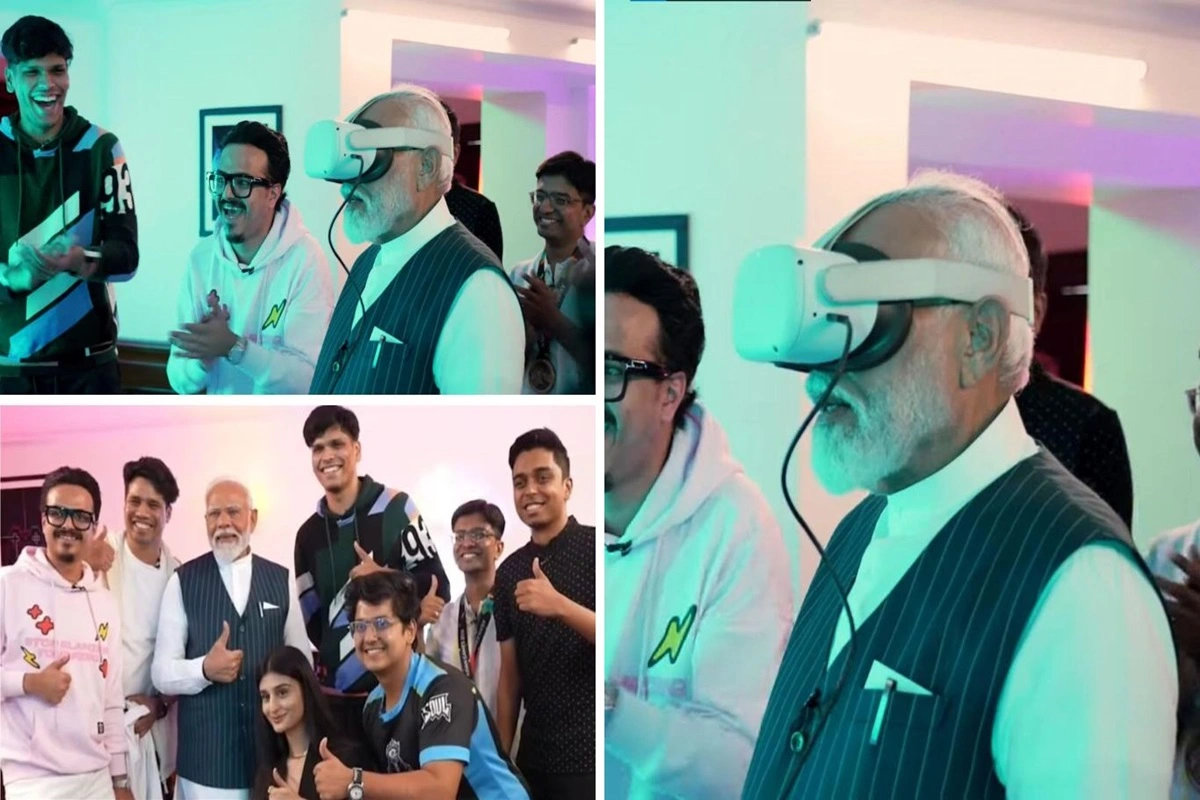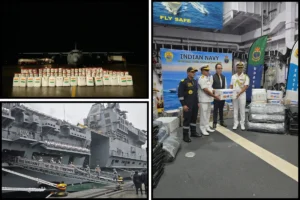
On Thursday, Prime Minister Narendra Modi engaged in a meeting with several prominent gamers from India, delving into discussions about ongoing issues within the gaming sector. During the interaction, PM Modi also ventured into the realm of virtual reality (VR) gaming, trying his hand at various games.
Known for advocating ‘Digital India’ throughout his tenure, PM Modi expressed his commitment to enhancing the gaming industry in the country and embracing the creativity of its developers.
Agarwal and Patankar took to social media to express their thoughts, stating, “Our recent interaction with the Prime Minister was truly enlightening. His progressive vision is set to have a significant impact on the gaming landscape in India.”
During the meeting, the gamers discussed the burgeoning prominence of the gaming industry. They highlighted the growing trend of games drawing inspiration from Indian mythology and the government’s recognition of their creative contributions.
Also read: “No Parole For My Mother’s Funeral”: Rajnath Singh Recalls Emergency Ordeal
PM Modi inquired about the challenges faced by gamers, particularly addressing the misconception of gaming being associated with gambling. He asked, ‘Kya aap gaming or gambling ki ladaai face karte hain…?’ In response, the gamers stressed the importance of distinguishing between real-money gaming and skill-based gaming.
Furthermore, PM Modi raised concerns about gaming addiction, showing his concern for the well-being of gamers.
After the discussion, PM Modi had the opportunity to experience various gaming platforms firsthand, including VR, mobile, and PC/console gaming. This interaction highlights the increasing significance of the gaming industry and the government’s keen interest in its growth and development.
The gaming community in India is substantial, with an audience ranging between 450-550 million enthusiasts. According to the latest figures, the industry witnessed a remarkable surge in revenue to $3.1 billion in FY23, marking a notable increase of 19% from the previous year’s $2.6 billion.
To read more such news, download Bharat Express news apps


















